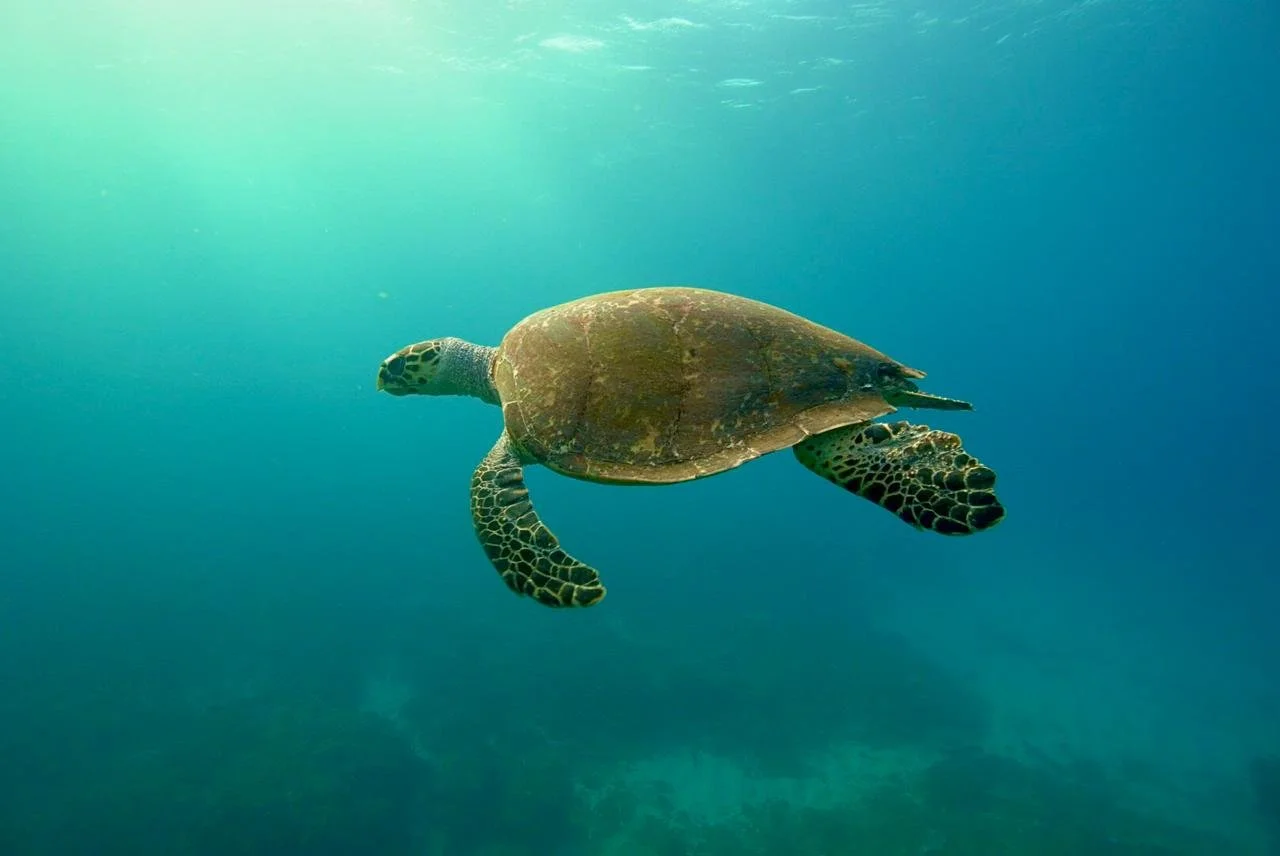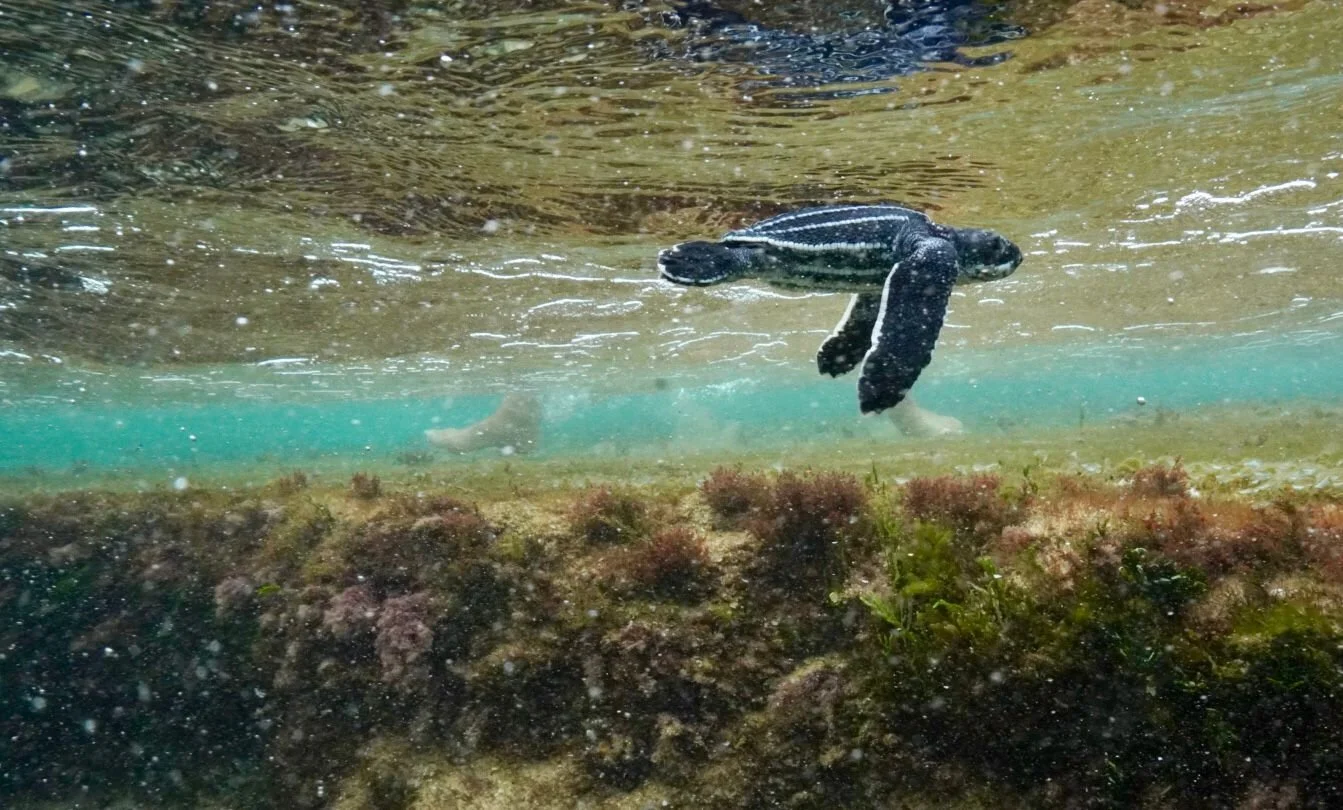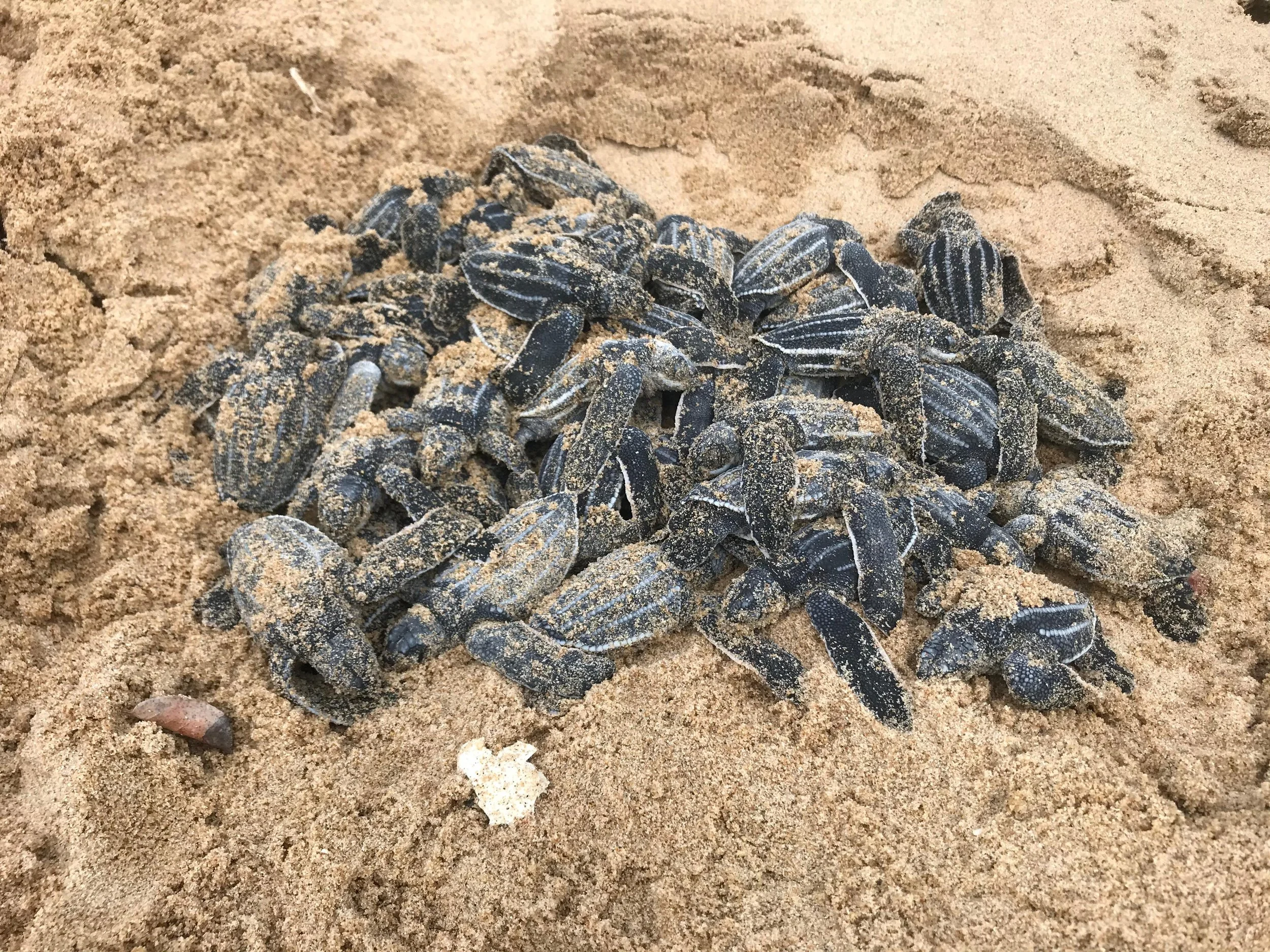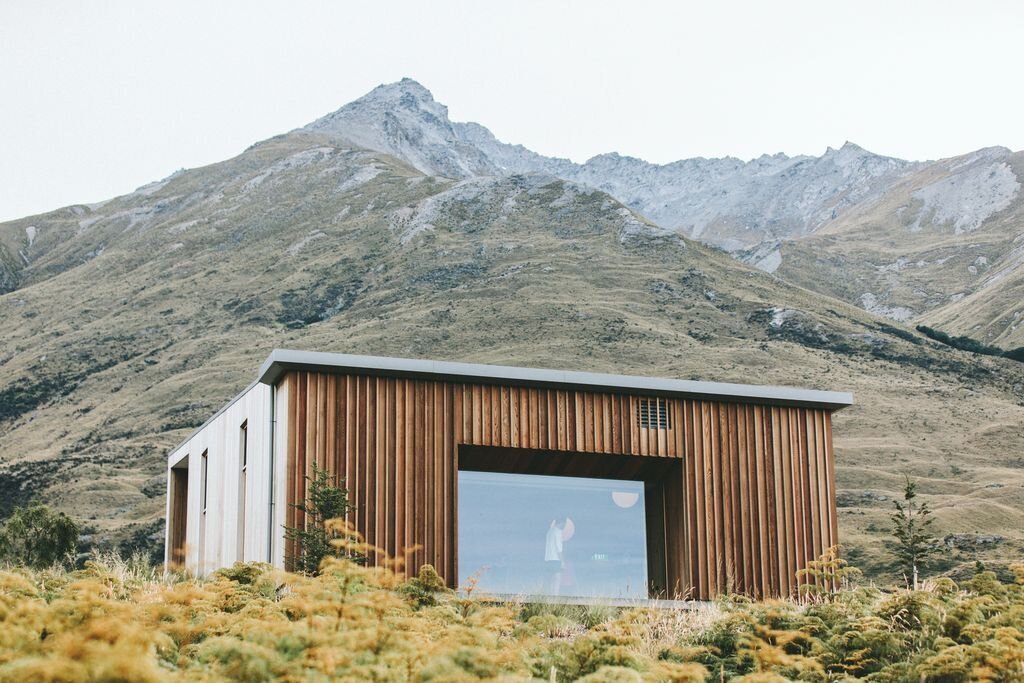
The Turtles of Maputaland
Why do turtles move us?
Time and time again, season after season, we come back to this moment: how do we talk about turtles?
They are our magnet, the iconic creatures that have pulled guests to Maputaland for years, and yet they are niche creatures. They have also been squeezed into a less-than-helpful corner of the global conversation. You’ve heard it: “think of the turtles” every time someone reaches for a plastic straw. The guilt passes, and you may think, “who cares about turtles - just give me my smoothie.” Others care so deeply that they’re angry we’re even acknowledging the first group.
Then comes October and it’s once again time to talk about our USP (unique selling point for those of you that aren’t into business). We start reeling off facts about them to convince people to come to our lodge and see them (leatherback turtles are massive, did we mention that?) This year, however, we wanted to go a little deeper. The impact of a seeing an old leatherback mother trying to lay her eggs on the dune can sharply and unexpectedly overwhelm a person to tears, and yet they have a brain roughly the size of a small peanut. So the question is, why? Why have they even become a marketing tool? (did we mention they are massive?) Why do they force people from all walks of life to the point of tears? There’s no easy explanation - gorillas look like people so that’s at least a starting point but turtles just look like a moving piece of oversized luggage with a rugby ball tied to the end (did we mention they are ginormous). Edit: they look utterly different from us, and we still feel something real (ignore the fact that someone who cares deeply about conservation just said a turtle looks like a piece of luggage.
In short, and without rude comparisons, why does this creature make us care at all? Long before marketing and capitalism, would our early hominid ancestors have stopped to watch a gigantic turtle haul herself up a dune for two hours, decide the spot wasn’t quite right, and try again later? We firmly believe so.
Turtles have come to mean more than plastic and marketability. What gets us is how we feel on the beach when one appears - the quiet shock of it. It’s a ritual older than we are: tiny hatchlings facing the onslaught of life, mothers returning from far oceans to lay again almost where they began. And the tug on the heart isn’t only about fragility under human pressure, or the distances they travel, or the effort of that dune climb. It’s the recognition that there have been rituals and lives of creatures and stories of rituals that are independent of us and there will be after us.
From here, our job is practical. We’re a small lodge that happens to share a coastline with an important rookery, a nesting area where female turtles return, season after season, to lay their eggs. With all our philosophising about why turtles matter, we’d like to invite you to dive into their world with us this season. With permission from turtles.co.za, we’ve dug into work by Masters and PhD researchers so we can bring you the clearest, up-to-date science about “our” turtles without the jargon. If you don’t yet know what an epibiont is (a hitch-hiking organism that lives on a turtle’s shell and can hint at where she’s been), you will, and you’ll see why it matters. Our hope is that turtles become more than the symbol of a guilt trip from a well-meaning friend, or the sheer overwhelming size (yes they are large creatures) but that they become something you understand and want to protect because it’s right.
FAQs
-
Description text goes here
-
Description text goes here
-
Description text goes here
-
Item description
-
Item description
-
Item description
-
Item description
-
Item description
-
Item description
-
Item description
Why give?
Take a minute to write an introduction that is short, sweet, and to the point. If you sell something, use this space to describe it in detail and tell us why we should make a purchase. Tap into your creativity. You’ve got this.







